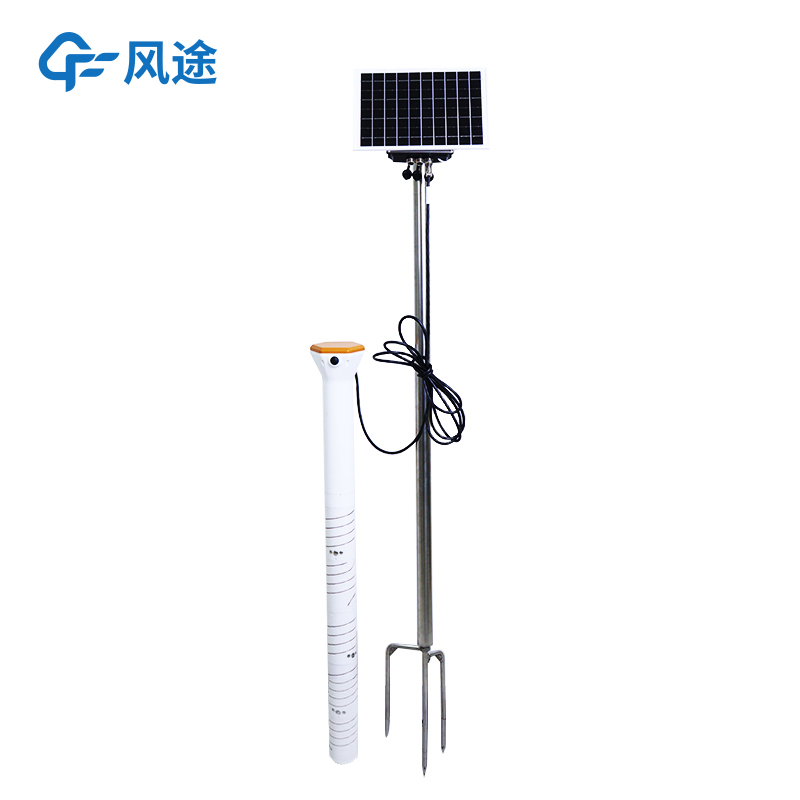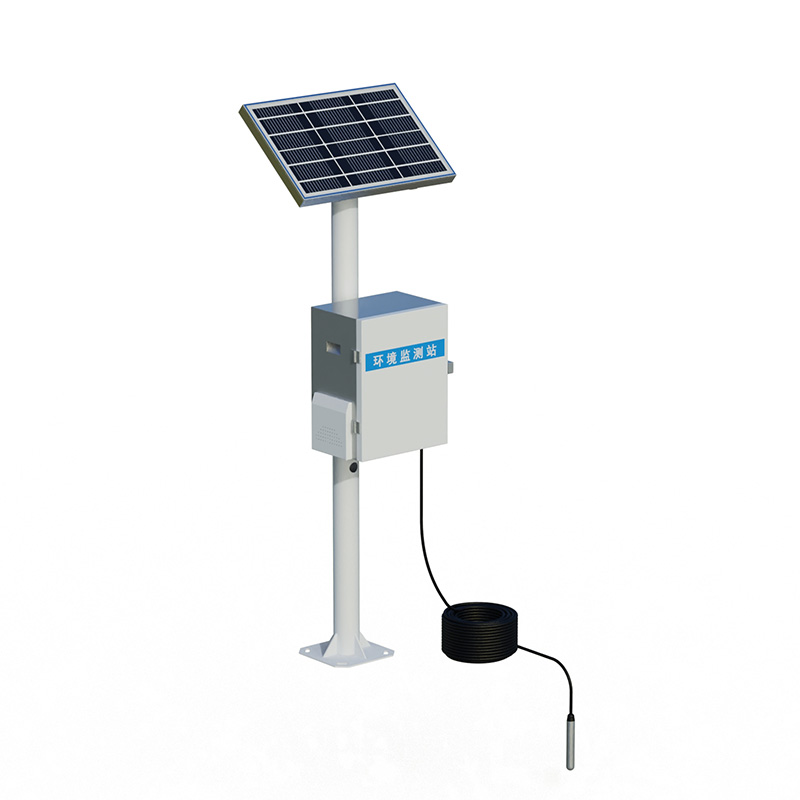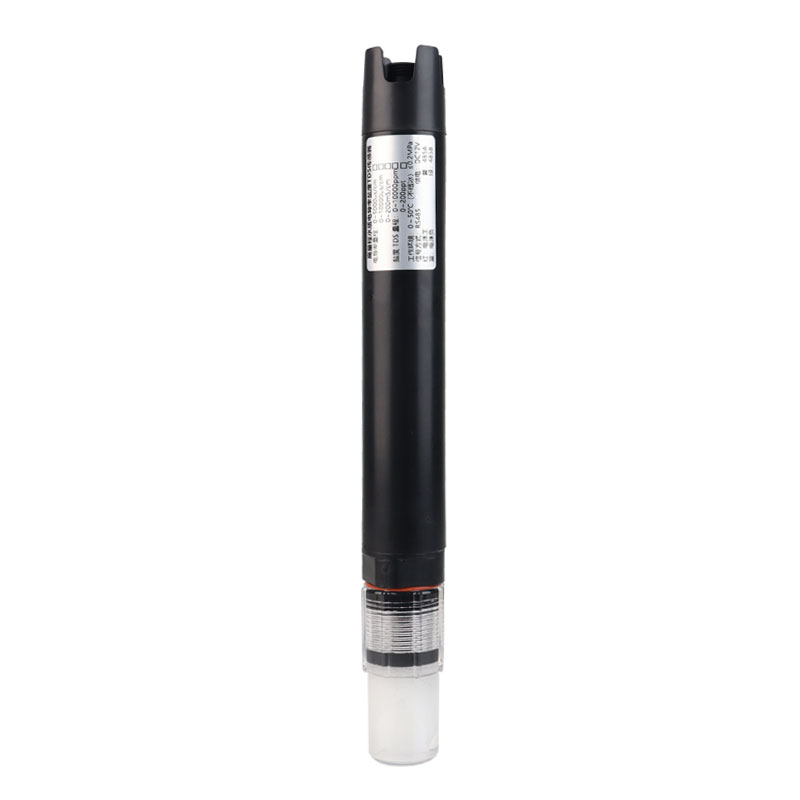Soil moisture, i.e., the water content in soil, is a key factor affecting agricultural production. Irrigation is the main way to supplement soil moisture, and soil moisture monitoring can provide an important basis for scientific irrigation.
Why use soil moisture sensors? Traditional irrigation is judged by experience, which is highly blind. It not only wastes water resources but also makes it difficult to accurately meet the water needs of crops. Moreover, excessive water is harmful to crop growth. The soil moisture sensors deployed by our company can monitor soil moisture in real-time, and the intelligent irrigation system will automatically water when there is insufficient moisture, creating a suitable environment for crop growth and providing accurate data.
The deployment of soil moisture monitoring stations follows three major principles:
Representativeness: Comprehensively consider crops, climate, irrigation conditions, soil types, etc., and arrange them reasonably to ensure the representativeness of the data.
Timeliness: Grasp soil moisture data in real-time, facilitating the intelligent irrigation unit to analyze the field water holding capacity and crop water demand, and adjust strategies in a timely manner.
Necessity: In view of the differences between different irrigation control units, select representative measuring points to obtain data, provide a basis for precise water and fertilizer irrigation, and achieve water and fertilizer saving as well as yield increase.
Soil moisture is closely linked to smart irrigation. Sensors are deployed according to irrigation units, and each unit has independent data. The system judges the water demand of crops based on this, intelligently sorts the water-deficient units, and automatically irrigates when the conditions are met. During irrigation, the sensors continue to monitor, and after reaching the standard, the current unit is turned off and the next one is turned on, realizing flexible, orderly, precise and water-saving irrigation.
The soil moisture monitoring system can comprehensively reflect the soil moisture, acid-base degree and nutrient changes in the monitored area, provide accurate moisture information, and lay a foundation for drought resistance and ensuring the water and fertilizer needs of crops.

This paper addresses:https://www.fengtusz.com/industry/813.html









